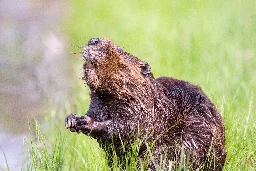Phys.org
- phys.org Biochemists create protocells to explore how lipids may have led to first cell membranes
A team of biochemists at the University of California, San Diego, working with a group of biochemical engineers from the University of California, Los Angeles, has found that the development of short lipids might have led to the development of the first cell membranes on early Earth.
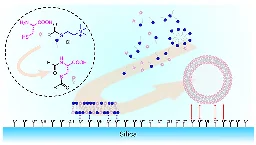
- phys.org 'Doomsday' Antarctic glacier melting faster than expected, fueling calls for geoengineering
New studies about the Thwaites Glacier, also called the "Doomsday Glacier," have sparked a conversation about geoengineering as a climate change solution.
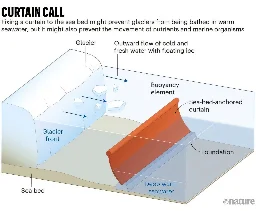
- phys.org Something to sniff at: Lab-engineered receptors illuminate odor detection
A team of researchers led by Duke University, the University of California San Francisco, and the Beckman Research Institute of the City of Hope have engineered odorant receptors to reveal the molecular basis of odor discrimination.
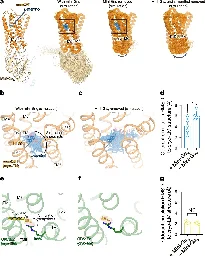
- phys.org Not too big, not too small: Why modern humans are the ideal size for speed
The fastest animal on land is the cheetah, capable of reaching top speeds of 104 kilometers per hour. In the water, the fastest animals are yellowfin tuna and wahoo, which can reach speeds of 75 and 77 km per hour respectively. In the air, the title of the fastest level flight (excluding diving) goe...

- phys.org African Sahara 'greening' can alter Northern Hemisphere climate, modeling study finds
Africa's Sahara Desert may be considered a vast expanse of barren sand with limited vegetation, an extreme environment for plants and animals to thrive, but life always finds a way. Indeed, vegetation growth in the desert has waxed and waned over millennia, with periods of enhanced growth termed "gr...
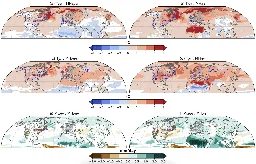
- phys.org New digital light manufacturing approach resolves common problems associated with 3D printing
A team of materials scientists, medical researchers and engineers affiliated with a large number of institutions across Australia has developed a new way to conduct digital light manufacturing that overcomes problems with current methods. In their paper published in the journal Nature, the group des...
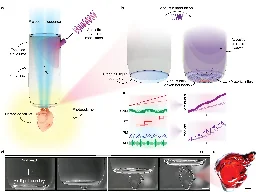
- phys.org The reasons flowers wilt could explain how plants spend (and save) their energy
Wilting flowers might not signal poor flower or plant health, but rather the effects of a sophisticated resource management strategy in plants, millions of years in the making.
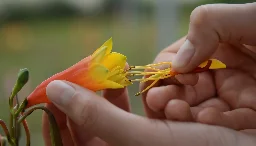
- phys.org Saturday Citations: On chimpanzee playwrights; the nature of dark energy; deep-diving Antarctic seals
This week, researchers reported the world's second-tiniest toad, winning the silver in the Brachycephalus contest. Chemists at UCLA disproved a 100-year-old organic chemistry rule. And researchers in Kenya report that elephants don't like bees, which could be a conservation boon (for the elephants. ...
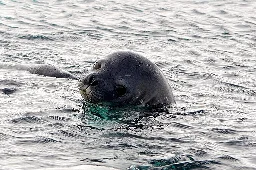
- phys.org Political pros no better than public in predicting which messages persuade, researchers find
Political campaigns spend big bucks hiring consultants to craft persuasive messaging, but a new study coauthored by Yale political scientist Joshua L. Kalla demonstrates that political professionals perform no better than laypeople in predicting which messages will sway voters.

- phys.org California's Salton Sea receding at greater rate according to balloon mapping study
The Salton Sea, California's largest lake by surface area, is experiencing an increasing rate of shoreline retreat following a policy change that shifted more water from the Colorado River to San Diego, according to a newly published study. The resulting dried lakebed is creating more polluted dust ...

- phys.org News consumers are more influenced by political alignment than by truth, study shows
For many years, the conventional wisdom was that only highly biased, less educated media consumers would put partisanship over truth—in other words, they would believe news that confirmed their worldview, regardless of whether it was true.

- phys.org Hubble and Webb probe surprisingly smooth disk around Vega
In the 1997 movie "Contact," adapted from Carl Sagan's 1985 novel, the lead character scientist Ellie Arroway (played by actor Jodi Foster) takes a space-alien-built wormhole ride to the star Vega. She emerges inside a snowstorm of debris encircling the star—but no obvious planets are visible.

- phys.org Scientists prepare for the most ambitious sky survey yet, anticipating new insight on dark matter and dark energy
On a mountain in northern Chile, scientists are carefully assembling the intricate components of the NSF–DOE Vera C. Rubin Observatory, one of the most advanced astronomical facilities in history. Equipped with an innovative telescope and the world's largest digital camera, the observatory will soon...
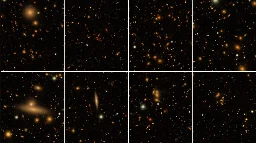
- phys.org Trees found to cool better than reflective roofs in vulnerable Houston neighborhoods
As heat waves become more intense, cities are looking for strategies that can help keep neighborhoods cooler. A new tool developed by researchers at The University of Texas at Austin has already helped identify potential solutions in Houston, a city where the impact of heat can vary significantly in...
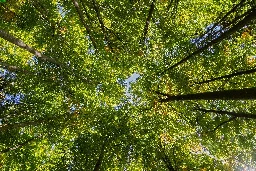
- phys.org Honeybee gene specifies collective behavior, research shows
Researchers at Heinrich Heine University Düsseldorf (HHU) are collaborating with colleagues from Frankfurt/Main, Oxford and Würzburg to investigate how the complex, cooperative behavior of honeybees (Apis mellifera) is genetically programmed so that it can be passed on to subsequent generations.
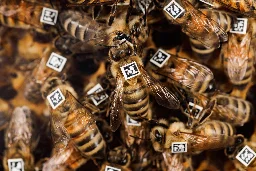
- phys.org Isotope study reveals medieval people prioritized cereal farming, used fertilization, and organized land efficiently
A study led by the Department of Archaeology, Faculty of Arts, Charles University, has used stable isotope analysis to uncover medieval land-use practices beneath temperate forests in Europe. The research, published in Scientific Reports, provides evidence of agricultural activity at a Cistercian ma...
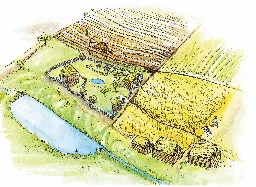
- phys.org Researchers challenge longstanding theories in cellular reprogramming
A team led by researchers at the University of Toronto has discovered that a group of cells located in the skin and other areas of the body, called neural crest stem cells, are the source of reprogrammed neurons found by other researchers.

- phys.org Textbooks come alive with new interactive AI tool
With just an iPad, students in any classroom across the world could soon reimagine the ordinary diagrams in any physics textbook—transforming these static images into 3D simulations that run, leap or spin across the page.
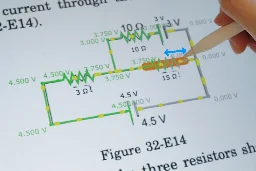
- phys.org Government interventions can reduce deadly air pollution in South Asia, study finds
Air pollution, driven in large part by practices like crop burning, contributes to 2 million deaths a year in South Asia and persists as a public health emergency. But a new study co-led by Brown University researcher Gemma Dipoppa found that government incentives may be able to curb the illegal pra...

- phys.org A comparison of bat and bird wings reveals their evolutionary paths are vastly different
Bats are incredibly diverse animals: They can climb onto other animals to drink their blood, pluck insects from leaves or hover to drink nectar from tropical flowers, all of which require distinctive wing designs.
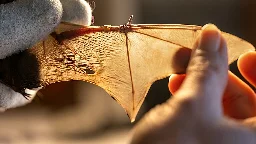
- phys.org Cloud-inspired method of guiding light: Waveguiding mechanism could provide new ways to look inside the human body
Scientists have taken inspiration from the way sunlight passes through clouds to discover an entirely new way of controlling and guiding light.
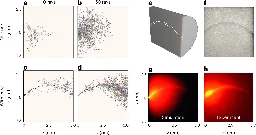
- phys.org Advanced sampling method can track dynamic evolution of protein folding
In a study published in PNAS, a research team developed a new reinforcement learning-based enhanced sampling method called Adaptive Collective Variables Generator (Adaptive CVgen), which has been successfully applied to study protein folding and the synthesis of fullerene (C60).
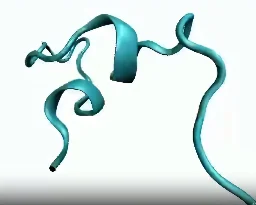
- phys.org New studies reveal two factors that mask economic inequality
The beliefs someone holds and the environment where they live and work shape how much economic inequality people report seeing, according to new research from the University at Buffalo School of Management.
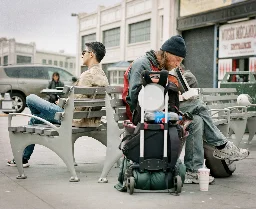
- phys.org Scientists investigate contrail formation to reduce climate impact
From the development of new materials that make airplanes lighter to the exploration of alternative fuels, the aviation industry is making strides toward reducing its carbon footprint.

- phys.org Chiral molecular self-assemblies that absorb light boost singlet fission process, research demonstrates
In organic molecules, an exciton is a particle bound pair of an electron (negative charge) and its hole (positive charge). They are held together by Coulombic attraction and can move within molecular assemblies. Singlet fission (SF) is a process where an exciton is amplified, and two triplet exciton...

- phys.org 'Wing spreading' adaptation in fruit flies offers insights into female courtship behavior
In the game of evolution, key behavioral adaptations that confer fitness in survival and reproduction, paying tremendous dividends for an individual's progeny, may seemingly arise from thin air—so much so, even familiar species like the humble fruit fly can surprise biologists.

- phys.org It all started with a Big Bang: The quest to unravel the mystery behind the birth of the universe
How did everything begin? It's a question that humans have pondered for thousands of years. Over the last century or so, science has homed in on an answer: the Big Bang.
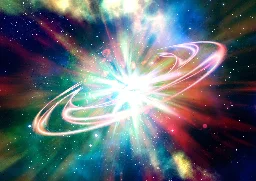
- phys.org Laser vibration sensing technology can detect landmines faster than previous techniques
Enough landmines are buried underground worldwide to circle Earth twice at the equator, but the identification and removal of these explosives is costly and time-consuming.
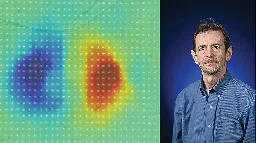
- phys.org Black hole study challenges Kerr solution assumptions
Black holes continue to captivate scientists: they are purely gravitational objects, remarkably simple, yet capable of hiding mysteries that challenge our understanding of natural laws. Most observations thus far have focused on their external characteristics and surrounding environment, leaving the...

- phys.org Using mathematics to better understand cause and effect
Cause and effect. We understand this concept from an early age. Tug on a pull toy's string, and the toy follows. Naturally, things get much more complicated as a system grows, as the number of variables increases, and as noise enters the picture. Eventually, it can become almost impossible to tell w...
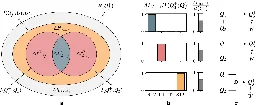
- phys.org RNA sequencing approach offers real-time and programmable transcriptome sequencing
The high complexity and diversity of the eukaryotic transcriptome poses significant challenges for the efficient detection of specific transcripts. Conventional targeted RNA-seq methods often require labor-intensive pre-sequencing enrichment steps, which can compromise comprehensive transcriptome pr...
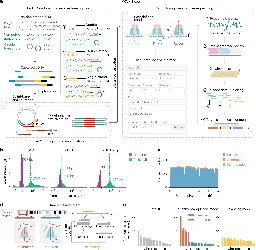
- phys.org Human histones show promise in fighting bacterial infections
Antibiotics have saved millions of lives from infectious diseases and are considered one of the most important discoveries of the 20th century. However, as the use (and abuse) of antibiotics has increased over the years, many bacteria have developed resistance to these drugs.
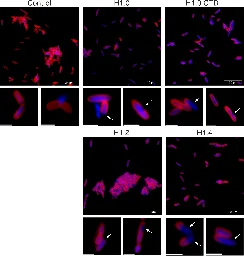
- phys.org A new paradigm for control of quantum emitters—modulating and encoding quantum photonic info on a single light stream
A U.S. Naval Research Laboratory (NRL) multi-disciplinary team developed a new paradigm for the control of quantum emitters, providing a new method for modulating and encoding quantum photonic information on a single photon light stream.
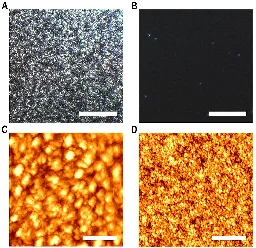
- phys.org Study suggests western boundary currents have bigger impact on local climate variability than previously thought
A trio of atmospheric scientists at Colorado State University has found evidence suggesting that western boundary currents have a bigger impact on local climate variability than has been previously thought.
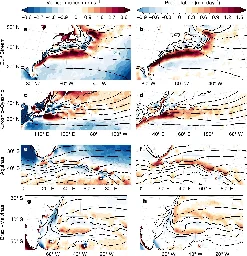
- phys.org Discovery of a protein's key role in RNA processes could improve disease treatment in humans and plants
Texas A&M AgriLife researchers uncovered a promising target for controlling gene expression and other cellular processes, which could lead to advancements in crop resilience and our understanding of certain human diseases.
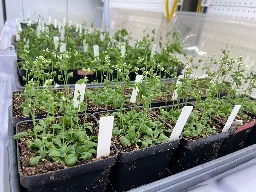
- phys.org The human spliceosome: Decade-long study reveals first blueprint of the most complex molecular machine inside every cell
Researchers at the Center for Genomic Regulation (CRG) in Barcelona have created the first blueprint of the human spliceosome, the most complex and intricate molecular machine inside every cell. The scientific feat, which took more than a decade to complete, is published in the journal Science.

- phys.org Chemists just broke a 100-year-old rule and say it's time to rewrite the textbooks
UCLA chemists have found a big problem with a fundamental rule of organic chemistry that has been around for 100 years—it's just not true. And they say, It's time to rewrite the textbooks.
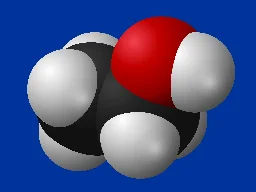
- phys.org Study shows bats have acoustic cognitive maps
Echolocating bats have been found to possess an acoustic cognitive map of their home range, enabling them to navigate over kilometer-scale distances using echolocation alone.
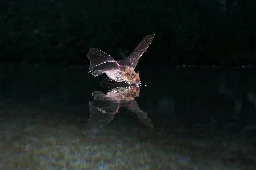
- phys.org Typing monkey would be unable to produce 'Hamlet' within the lifetime of the universe, study finds
A new study reveals it would take far longer than the lifespan of our universe for a typing monkey to randomly produce Shakespeare. So, while the Infinite Monkey Theorem is true, it is also somewhat misleading.

- phys.org Computational model calculates an organism's ideal learning rate based on its life cycle and surroundings
Researchers at the Complexity Science Hub and Santa Fe Institute have developed a model to calculate how quickly or slowly an organism should ideally learn in its surroundings. An organism's ideal learning rate depends on the pace of environmental change and its life cycle, they say.
